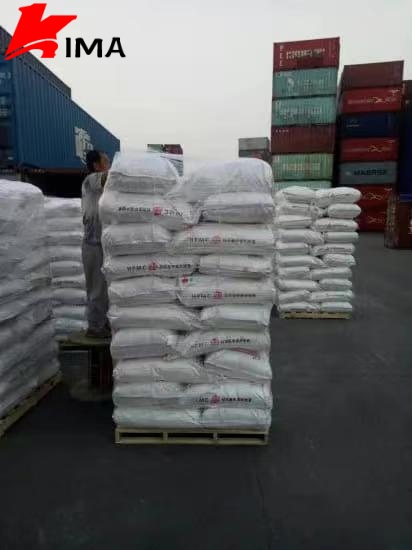Air Entrainment: Achieving Optimal Concrete Quality
Air entrainment is a critical aspect of achieving optimal concrete quality, particularly in harsh environmental conditions or in applications where freeze-thaw durability is essential. Air entrained concrete contains tiny air bubbles dispersed throughout the mixture, which improves its resistance to freeze-thaw cycles, enhances workability, and reduces water permeability. Here’s how air entrainment contributes to optimal concrete quality and the methods used to achieve it:
Benefits of Air Entrainment:
- Freeze-Thaw Durability: Air entrainment increases the resilience of concrete to freeze-thaw cycles by providing space for water to expand when it freezes. This reduces the likelihood of cracking, spalling, and deterioration caused by freeze-thaw damage, especially in cold climates.
- Workability: The presence of air bubbles improves the workability of concrete by acting as lubricants, reducing internal friction, and facilitating easier placement and finishing. This is particularly beneficial for concrete that needs to be pumped or placed in congested reinforcement areas.
- Durability: Air entrainment enhances the durability of concrete by reducing the permeability of water and aggressive substances, such as chlorides and sulfates, thereby minimizing the risk of corrosion and chemical attack on reinforcing steel.
- Strength Development: When properly controlled, air entrainment does not significantly affect the compressive strength of concrete. In fact, it can enhance the strength and durability of concrete over the long term by protecting it from damage and deterioration.
Methods of Achieving Air Entrainment:
- Chemical Admixtures: Air-entraining admixtures, such as synthetic surfactants or natural wood resins, are added to the concrete mixture during mixing. These admixtures stabilize air bubbles within the concrete and control their size and distribution.
- Mechanical Agitation: Mechanical methods, such as high-speed mixing or agitation, can be used to incorporate air into the concrete mixture. This is typically achieved using specialized equipment, such as air-entraining admixture dispensers or paddle mixers.
- Proper Mix Design: The selection of appropriate materials and proportions in the concrete mix design is essential for achieving optimal air entrainment. Factors such as cement type, aggregate gradation, water-cement ratio, and admixture dosage must be carefully considered to ensure uniform air content and distribution.
- Testing and Quality Control: Regular testing and quality control measures are necessary to monitor and maintain the desired air content and consistency in the concrete mixture. Air content is typically measured using pressure meters or volumetric methods, and adjustments are made as needed to achieve the specified requirements.

Conclusion:
Air entrainment plays a crucial role in achieving optimal concrete quality, especially in applications where durability and resistance to freeze-thaw cycles are paramount. By incorporating air bubbles into the concrete mixture through chemical admixtures, mechanical agitation, and proper mix design, engineers and contractors can enhance the workability, durability, and long-term performance of concrete structures in a variety of environmental conditions. Regular testing and quality control measures are essential to ensure consistent air content and quality in concrete production.
Post time: Mar-06-2024
